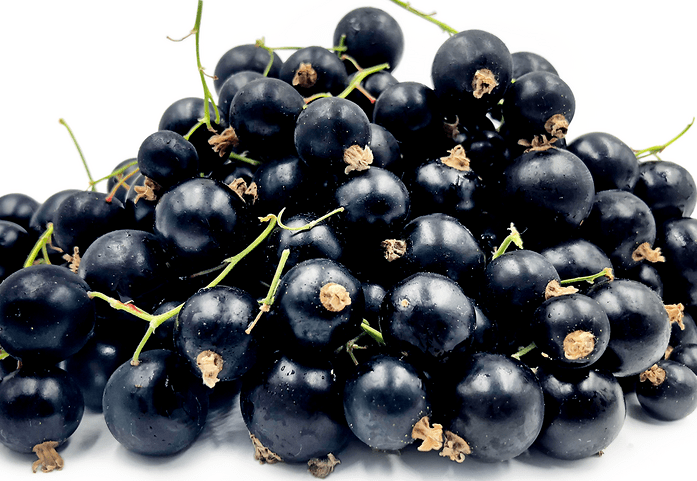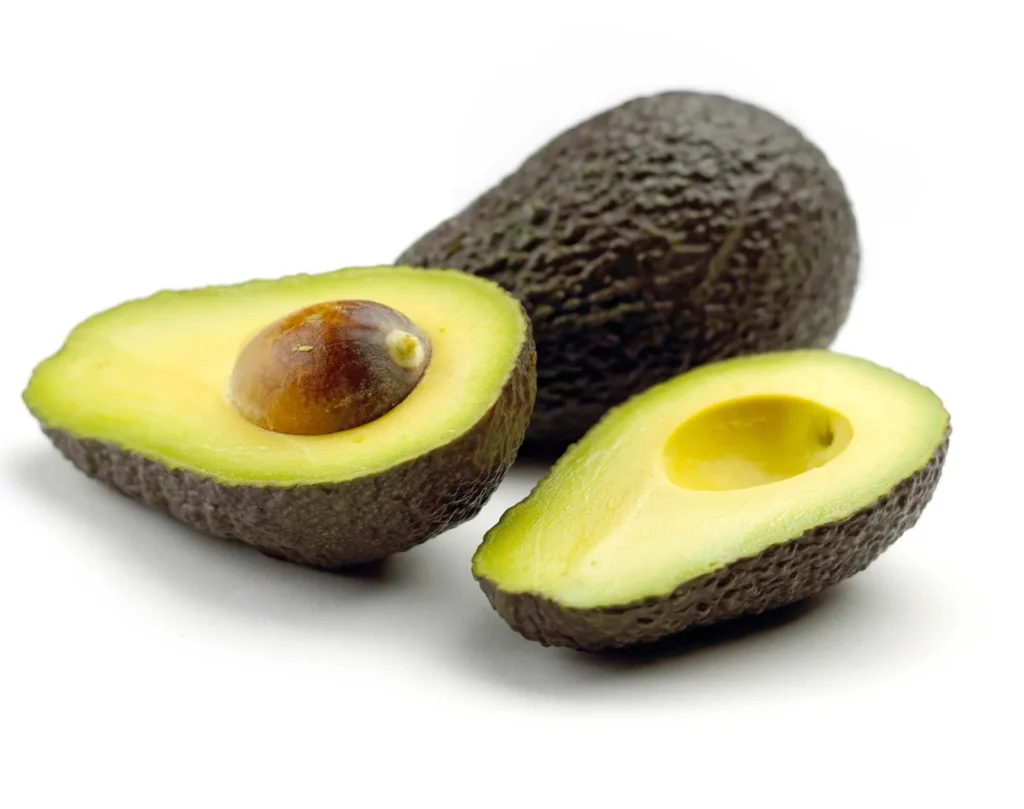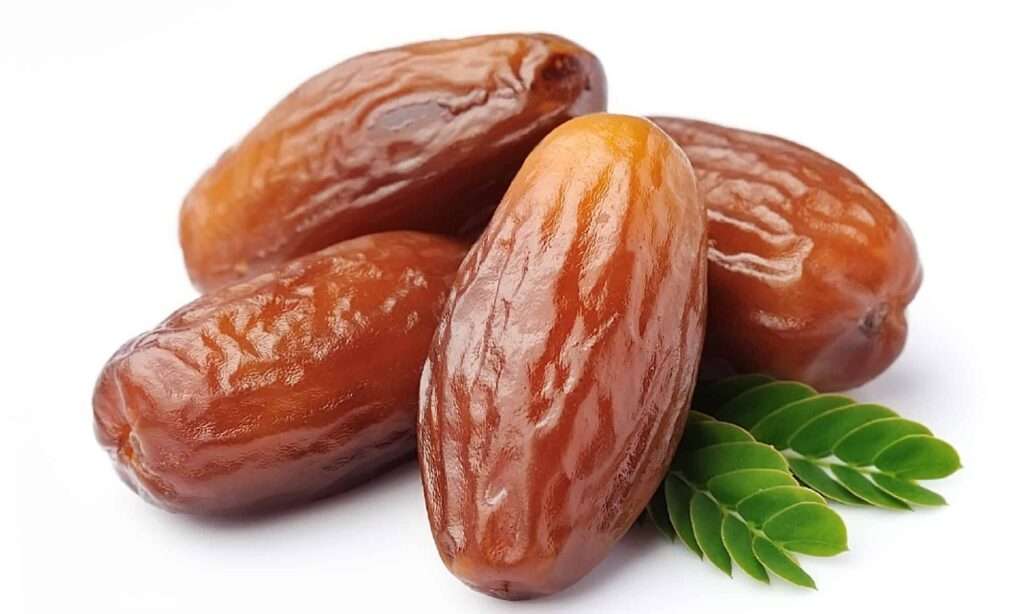
Description
They often lack spines and are made up of both short and long stems. The palmately venated leaves, which have numerous hairy glands and range in shape from somewhat circular to roughly triangular, contain veins that radiate from a central point close to the leaf stalk. The flowers are typically grouped and might be greenish, white, yellow, or reddish. True berries are the spherical, dark fruits.
Varieties
Black currants come in two varieties: American and European. Most of North America is home to the American black currant, Ribes americanum, sometimes known as wild black currant. Northern Europe and Asia are the native home of the European black currant, Ribes nigrum.

Uses
The tart fruits can be consumed fresh or used to produce jams, syrups, or juice and are highly high in vitamin C.
Nutrition
The raw fruit has a high vitamin C content per 100 g serving, delivering 63 kilocalories, and moderate levels of iron and manganese. Small levels of other nutrients are found.
Cultivation
Blackcurrants can tolerate most other soil types, but they prefer well-drained but moisture-retentive soil. Even in light shade, they will still produce their greatest fruit. Avoid areas where there are often chilly winds or late frosts because they might ruin the blossoms and reduce the crop.
Table





